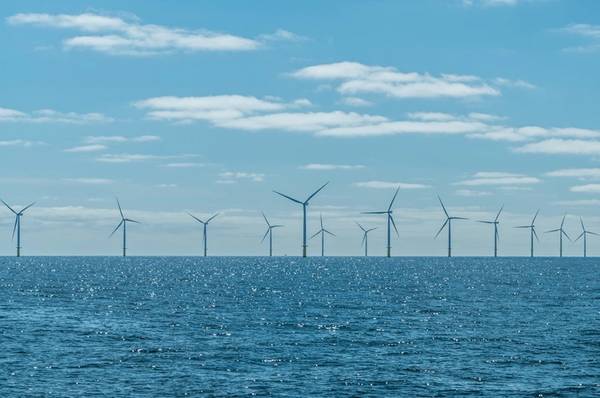
Renewable energy firm RWE said this week that two of its project had been pre-selected for funding by the EU Innovation Fund - FUREC in the Netherlands, and an offshore wind farm off the German coast, in whose project company Nordsee Two GmbH RWE holds a 51% stake.
The two projects are among a total of 17 projects selected by the EU Innovation Fund for the preparation of grant agreements, which is now underway. The EU said it would invest over €1.8 billion in the 17 projects.
The EU Innovation Fund subsidizes breakthrough technologies for renewable energy, energy-intensive industries, energy storage, and carbon capture, use and storage.
At Nordsee Two, RWE (51%) is developing an offshore wind farm off the German coast together with its Canadian partner Northland Power (49%). The wind farm with a planned grid capacity of 433 megawatts (MW) is to be built north of the island of Juist and is scheduled to start commercial operation in 2026. Together, the partners are driving technological advancements in the offshore wind industry. In addition to installing giant 15 MW wind turbines, the partners aim to demonstrate the technical and commercial feasibility of producing hydrogen at sea.
For this purpose, an electrolyzer is planned to be integrated into the offshore wind farm. The green hydrogen could then be used for vessel fueling and to supply emergency power to the offshore substation or wind turbines.
The FUREC project - short for Fuse Reuse Recycle - aims to produce hydrogen for the chemical industry and thus contribute to making production processes more sustainable. As part of the project, household waste from Limburg in the Netherlands is expected to replace natural gas.
The FUREC project supports companies, scientific institutes, and the province in their efforts to develop Limburg into a center for the circular economy and a hydrogen hub between the Dutch seaports and the German Ruhr area.
For FUREC, a plant is being built in Limburg to process residual materials into raw material pellets.
These will then be converted into hydrogen in another plant in Limburg's Chemelot industrial park, which will be supplied to OCI Nitrogen's fertilizer plants. In this way, the industrial park's natural gas consumption is reduced by more than 280 million cubic meters annually.
This corresponds to the annual consumption of about 200,000 households. In this way, the emission of about 500,000 tonnes of CO2 can be avoided per year. The CO2 released during hydrogen production can be captured and stored or possibly used as a raw material in the future. The hydrogen can be marketed locally in the Chemelot industrial park or transported to industrial companies in Rotterdam and the Ruhr area via a corresponding hydrogen infrastructure, RWE said.
Roger Miesen, CEO of RWE Generation: "We are delighted that two of our projects have been selected for funding. This shows that we can make an important contribution to decarbonizing the European economy with our projects. With the grants that have been envisaged, we are now developing the two selected projects at full speed in order to bring about final investment decisions quickly and to press ahead with the necessary approval procedures."


